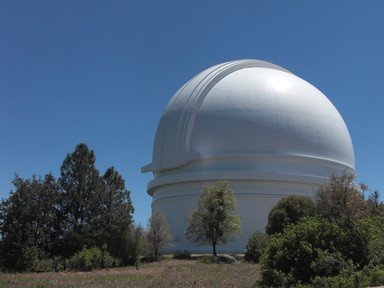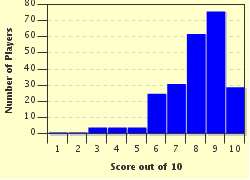Quiz Answer Key and Fun Facts
1. When working in a laboratory, safety becomes a primary concern. Which of these is NOT safety equipment for a laboratory?
2. At the start of a laboratory experiment, which of these pieces of equipment could be used to perform the critical step of sterilizing your equipment?
3. When your laboratory experiment requires the use of an open flame, which of these pieces of equipment will you use?
4. Which of these small cylindrical containers, usually open at one end and rounded at the bottom, is a type of glassware often found in a laboratory?
5. Which of these laboratory items could also be found in a furnace, car, or coffee maker?
6. Some laboratory experiments produce results too small to be seen by the human eye. What device might be used to view the results?
7. Also found in many kitchens, which of these laboratory tools could be used to crush solids into a powder?
8. Which of these laboratory dishes would be filled with agar to grow cultures?
9. If a laboratory experiment needs to separate substances of differing densities, which of these rotary tools could be used?
10. One piece of laboratory equipment used often is a balance scale where the left and right sides are balanced to achieve the measurement. What, exactly, does this measure?
Source: Author
mlcmlc
This quiz was reviewed by FunTrivia editor
CellarDoor before going online.
Any errors found in FunTrivia content are routinely corrected through our feedback system.


